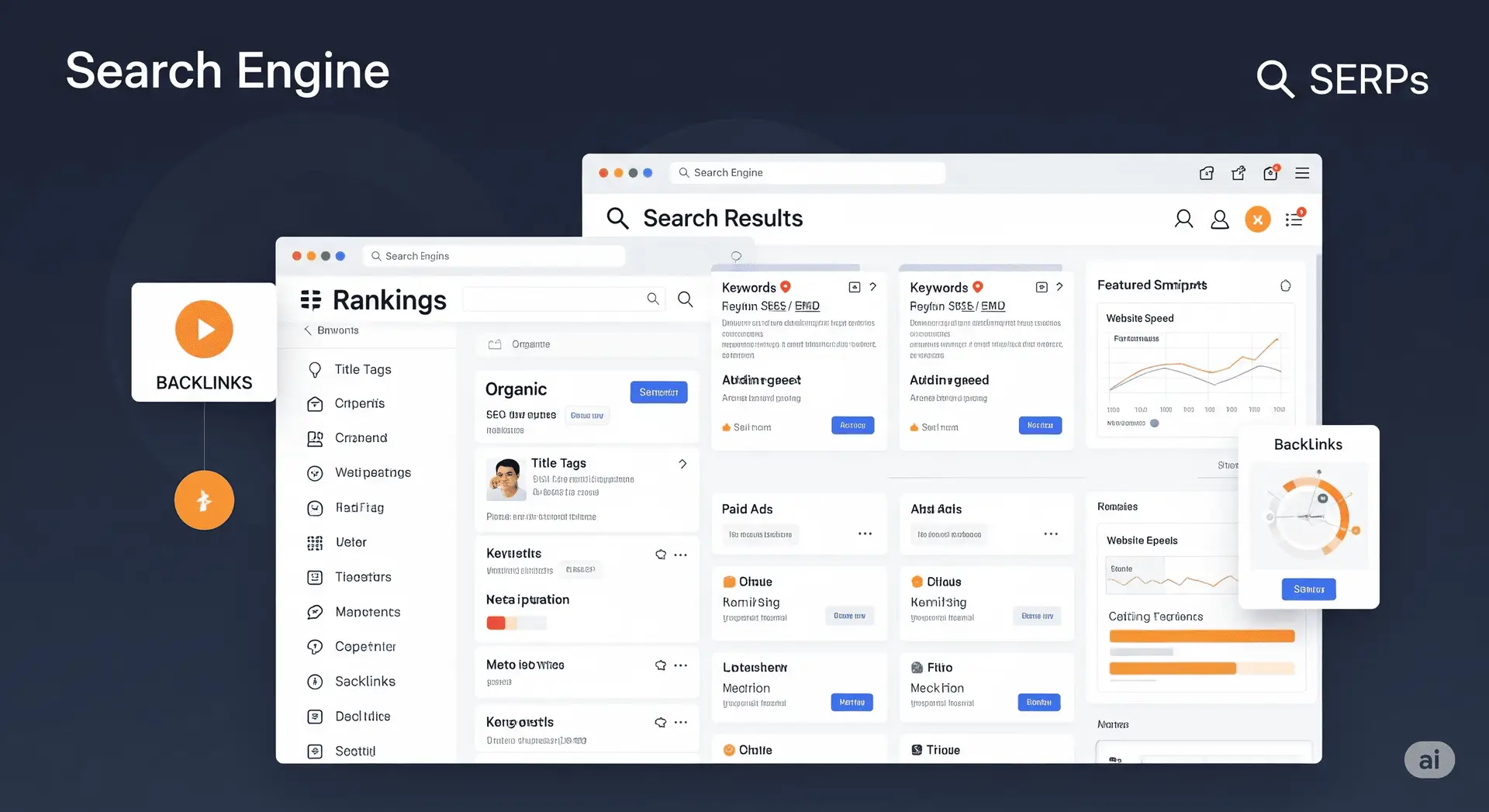
The world of SEO is rapidly evolving with the emergence of AI-driven platforms like ChatGPT, Google’s Search Generative Experience (SGE), and Perplexity AI. These generative engines don’t simply display a list of links—they provide synthesized, conversational answers drawn from multiple sources. This shift introduces a new discipline in digital marketing: Generative Engine Optimization (GEO).
If you’re a business, blogger, or digital marketer, understanding and applying GEO is essential for visibility in AI-generated search results. In this guide, we’ll break down what GEO is, how it differs from traditional SEO, and how to implement it effectively.
What is Generative Engine Optimization (GEO)?
Generative Engine Optimization is the process of optimizing your content so that it appears in responses generated by AI-powered search engines and chat interfaces. Unlike traditional SEO, which targets rankings on a list of blue links, GEO focuses on content that gets cited, linked, or featured in generative answers.

Why GEO Matters in 2025
With tools like Google SGE and ChatGPT replacing or augmenting traditional search, people now receive AI-curated summaries rather than scrolling through 10 blue links. GEO ensures that your content:
- Gets cited or quoted in AI-generated responses
- Provides trusted sources for generative engines to reference
- Stays competitive in a search landscape where attention is rapidly filtered
Key Differences Between Traditional SEO and GEO
| Aspect | Traditional SEO | Generative Engine Optimization (GEO) |
| Goal | Rank in top search results | Be cited in AI-generated answers |
| Target | Search engine algorithms | AI models and NLP relevance |
| Format Focus | Keywords, meta, structure | Semantic richness, clarity, source trust |
| Optimization Tactics | On-page/off-page SEO | Entity building, topical depth |
| Measurement | SERP rankings | Mentions in AI responses |

How to Implement GEO: Actionable Steps
- Create Topically-Rich, Entity-Based Content
Generative engines use structured knowledge graphs and entity recognition to generate responses. To rank in GEO:
- Cover topics comprehensively, including subtopics, FAQs, and definitions
- Use schema markup to label entities, authors, and facts
- Optimize for featured snippets, definitions, and summaries
Tip: Use tools like Google’s NLP API, Clearscope, or Surfer SEO to assess semantic coverage.
- Optimize for Conversational Queries
AI engines often respond to natural language prompts. Make your content reflect real questions users ask:
- Use headings in the format of questions: “What is XYZ?”, “How does XYZ work?”
- Answer clearly in the first 1–2 sentences of each section
- Include a structured FAQ section with conversational answers
- Establish Authoritativeness and Trustworthiness
Generative engines favor high-authority sources. Build E-E-A-T (Experience, Expertise, Authoritativeness, Trustworthiness):
- Link to credible, relevant sources
- Use real authors with bios and credentials
- Publish research-backed, fact-checked information
Consider using platforms like LinkedIn or Medium to syndicate content with your author name to build digital credibility.
- Use Structured Data and Schema Markup
Mark up your content with:
- FAQ schema
- How-to schema
- Article schema with author and date
- Medical or product schema, depending on the content
This helps AI models extract accurate, structured information for their answers.
- Get Cited Across the Web
The more your content is linked and quoted elsewhere, the more likely it is to be used in AI summaries:
- Guest post on niche blogs or news portals
- Publish data-driven content (statistics, original research)
- Submit answers on platforms like Quora, Reddit, or Stack Exchange
Tip: Use tools like Ahrefs or BuzzSumo to find citation opportunities and track brand mentions.
- Leverage AI Tools for Competitive Insights
Use generative engines themselves to test your visibility. Ask ChatGPT or Google SGE questions and see which sources are being cited. Then reverse-engineer their structure:
- What headings do they use?
- Are they using structured data?
- What authority level does the domain have?
Replicate and improve upon it.
- Stay Updated on AI Search Trends
Generative search is evolving rapidly. Stay current by:
- Reading Google Search Central and OpenAI updates
- Tracking how AI search results change month-to-month
- Adapting content formats (videos, podcasts, infographics) for multimodal engines
Tools to Help with GEO
- AlsoAsked / AnswerThePublic – Get real user questions
- Surfer SEO / Clearscope – Optimize for semantic relevance
- Schema.org / Merkle Schema Markup Generator – Add structured data
- BuzzSumo / Ahrefs – Monitor citations and backlinks
- ChatGPT / Perplexity AI / Google SGE – Test real-time AI visibility
Final Thoughts
Generative Engine Optimization is not a replacement for SEO—it’s the next evolution. As AI-generated content reshapes how people discover information, brands and creators must adapt. By focusing on semantically rich, well-structured, and trustworthy content, you’ll not only keep your site visible but future-proof it against the next generation of search technology.





